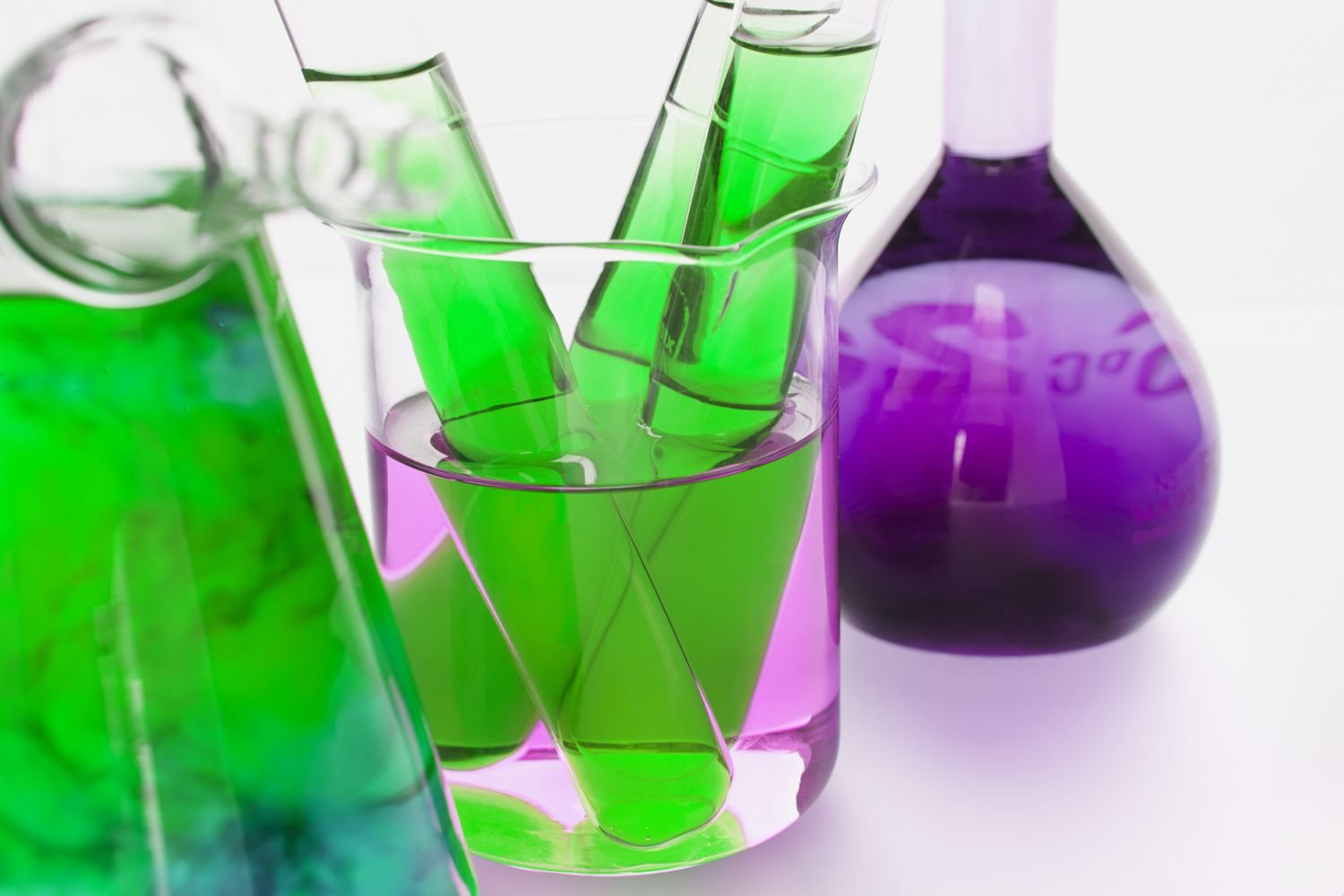Ever heard of the chemical formula “C3H6O I2 goes to C3H5IO I- H”? It might sound like a jumble of letters and numbers to some, but it’s actually an essential reaction in organic chemistry. This is where a compound undergoes a transformation, and it’s not as complicated as it sounds.
If you’ve ever dealt with halogenation reactions or iodine-based chemical processes, you’re on the right track. But what exactly happens here? Let’s break it down in simple terms and explore the real-life applications of this reaction.
What Happens in C3H6O I2 Goes to C3H5IO I- H?
To understand this chemical equation, we need to take it step-by-step.
- Starting with c3h6o i2 goes to c3h5io i- h – This compound is a simple organic molecule, usually representing acetone or a similar alcohol.
- Iodine (I2) – Here, iodine, a halogen, is involved in the reaction. It’s often used to replace certain atoms or add new ones in organic molecules.
- Transformation to c3h6o i2 goes to c3h5io i- h – After the iodine reacts with the organic compound, a new molecule is formed. It’s important to note that iodine replaces a hydrogen atom in the original structure, which creates a new compound.
So, in simple terms, this reaction is a type of substitution reaction, where iodine replaces a hydrogen atom from a compound, and in the process, other elements like iodide (I-) are also produced.

Why Does This Matter?
Well, why would anyone care about this reaction? Here’s the thing: iodine plays a significant role in a variety of chemical and biological processes. In industrial chemistry, such iodine-based reactions are common for creating specialty compounds.
Think about it this way: Every time you see a compound with iodine in it, there’s a chance that reactions similar to “C3H6O I2 goes to C3H5IO I- H” are happening behind the scenes.
The Science Behind the Reaction: A Closer Look
When iodine (I2) comes into contact with a compound like c3h6o i2 goes to c3h5io i- h, it causes a substitution reaction to occur. What does that mean in simpler terms?
- Substitution reactions: These are when an atom or a group of atoms gets replaced by another. In this case, the iodine replaces a hydrogen atom.
- Iodine’s role: Iodine is highly reactive and, when used in organic reactions, can effectively bond with different molecules, leading to new chemical products.
Real-Life Applications of This Reaction
Now, let’s connect the dots. How does this reaction apply in the real world?
- Pharmaceuticals: Reactions like this are used in the synthesis of various iodine-containing drugs. The addition of iodine into an organic compound can create more effective drugs for treating different diseases.
- Dyes and Pigments: Iodine is often used in creating vibrant colors for dyes. This reaction helps in the formation of iodinated compounds, which are essential for color production.
- Disinfection: You might be familiar with iodine as a disinfectant. The very reaction where iodine replaces hydrogen in a compound can lead to antibacterial properties that are widely used in medical settings.
Common FAQs About C3H6O I2 Goes to C3H5IO I- H
What is iodine’s role in this reaction?
Iodine acts as a reagent that substitutes a hydrogen atom in the original organic molecule c3h6o i2 goes to c3h5io i- h, creating a new compound that contains iodine.
Is this reaction common in chemistry?
Yes! It’s a type of halogenation reaction, a common process in organic chemistry used to create various iodine-based compounds for industry, medicine, and research.
How is this reaction used in the real world?
From drug manufacturing to disinfectants, iodine substitution reactions are used in many practical fields, particularly in creating iodinated compounds for various uses.

Can this reaction happen without iodine?
In most cases, iodine is essential for this specific reaction. Without it, the substitution won’t occur. However, similar reactions can happen with other halogens like chlorine or bromine.
Are there other examples of halogenation reactions?
Absolutely! The halogenation of hydrocarbons is a typical way to introduce halogen atoms (like iodine, chlorine, or bromine) into organic molecules. These reactions can be found in numerous chemical processes in industry.
Wrapping It Up: The Power of C3H6O I2 Goes to C3H5IO I- H
So, the next time you come across the formula C3H6O I2 goes to C3H5IO I- H, you’ll know that it’s a transformation where iodine is playing a key role in creating useful compounds in chemistry.
From making new pharmaceuticals to creating dyes, this reaction isn’t just a random string of chemical symbols. It’s part of a vast network of processes that help in developing products used every day.
This iodine substitution reaction is a small but mighty part of organic chemistry that has far-reaching implications in many industries. And now that you’ve got the breakdown, you can spot it in action next time you encounter iodine-based compounds!
